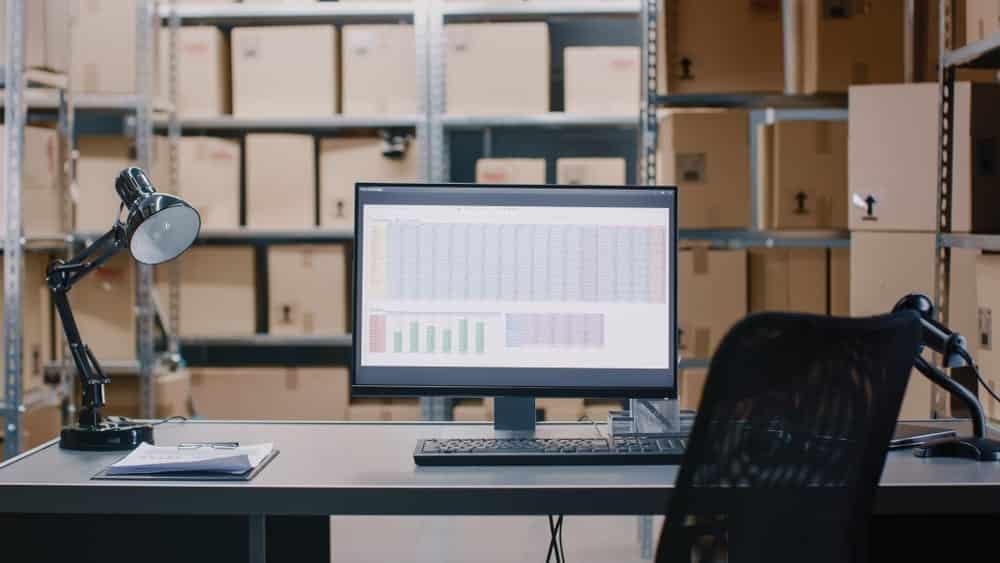Using the Right Stock Rotation Tools Keeps Holiday Inventory Fresh

One of the biggest challenges that many retailers face is inventory, but those challenges can quickly be magnified when it comes to the holidays. Holiday inventory, especially if it is seasonal in nature, must be sold during a certain timeframe in order for it to be valuable. Once the holidays are over, the only way to sell most of it is with deep clearance discounts. Returns during the holiday season can further add to those inventory difficulties. Here are some important ways to reduce stock rotation and return errors to ensure that you get the most out of your holiday products.
1: Anticipate inventory levels using the reporting and forecasting tools available
If you’re not anticipating how much stock you need, you could end up ordering way too much, which will leave you with few options when the holiday retail season is over except to sell it for a deeply discounted price. Using tools to forecast your inventory needs can help you plan for what you can sell this year.
However, there is a big caveat this year: with COVID-19 many retailers aren’t quite sure exactly how much they might be able to sell. You will need to adjust past sales numbers based on what you plan to do this year. With reduced foot traffic in stores, make sure you have a plan to promote and sell your items online.
2: Do regular inventory audits
As you start selling during the holiday season, make sure to regularly check your stock. This is important for several reasons because it can help you:
- Identify hot-selling items that you might need to reorder to avoid stock-outs
- Identify slow-selling merchandise so you can provide some discounts to get it moving off your shelves before the holidays are over
- Ensure that you have proper inventory flow to keep items from getting lost in the warehouse
- Prevent angry customers who buy something only to have you find out that you don’t have it in stock, and have to refund their money
3: Plan for returned merchandise
It’s also very important to run reports and forecasts about how much of your merchandise is likely to be returned, and when. This can help you plan for the possibility that you will be able to resell some items that are returned early, as long as you properly manage the returns process to get items back on the shelf immediately. Having powerful reporting tools as part of your reverse logistics software is critical to get the information you need about returned goods.
4: Track and manage returned goods
Returned items are an inevitable part of online shopping, so if you’re planning to sell online, you need to plan for returns. The ability to track and manage returns through RMAs, shipping, and warehouse tracking can help you prevent items from getting lost in the shuffle. This only leads to unhappy customers and unsellable merchandise when you eventually locate that Christmas item in the warehouse next spring.
Find out more about how ReverseLogix can help you track and manage your inventory better by contacting us to see a demo. It’s not too late to get a jump start on your holiday season.
Learn about how inventory analysis techniques, like FSN analysis, can help improve your inventory management.
